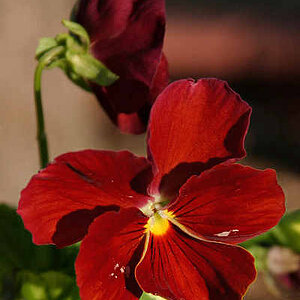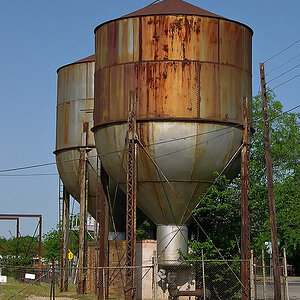hooray4mo
TPF Noob!
- Joined
- Dec 8, 2022
- Messages
- 43
- Reaction score
- 8
- Can others edit my Photos
- Photos OK to edit
This may be related to bracketing, but I’m not quite sure. Also I’m not sure if I worded this in the right way, so bear with me.
Say for instance you take a photo with a camera mounted to a tripod at a shutter speed of 1/500 and your aperture is set to f/16. You then take another photo of the same subject in the exact same spot with the shutter speed set to 1/250 and your aperture set to f/11. Would the two images have the same exposure, thus looking the exact same? Or at least have the same exposure to them?
Say for instance you take a photo with a camera mounted to a tripod at a shutter speed of 1/500 and your aperture is set to f/16. You then take another photo of the same subject in the exact same spot with the shutter speed set to 1/250 and your aperture set to f/11. Would the two images have the same exposure, thus looking the exact same? Or at least have the same exposure to them?


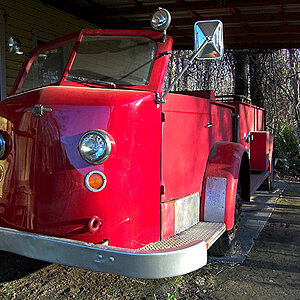
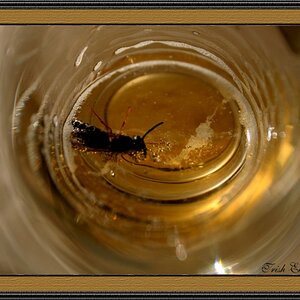
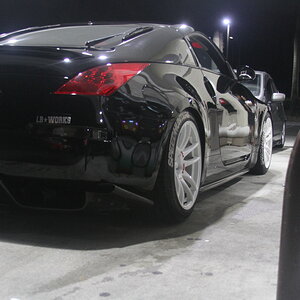

![[No title]](/data/xfmg/thumbnail/35/35669-485de67e98a042d63d728593720828a0.jpg?1619737091)
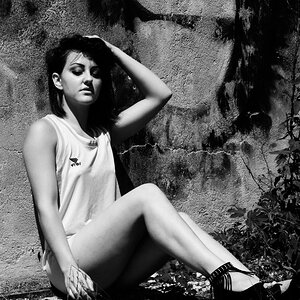
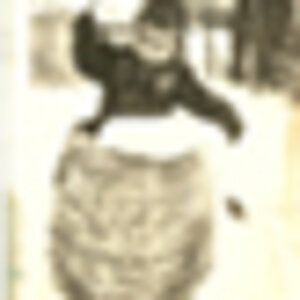
![[No title]](/data/xfmg/thumbnail/35/35670-0571a45fff5cc94fc333fb959ce54517.jpg?1619737091)
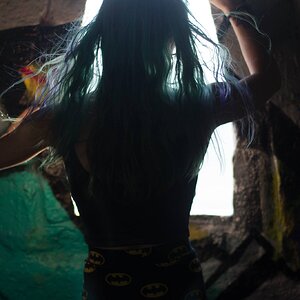
![[No title]](/data/xfmg/thumbnail/35/35666-9f404fab7b896e4ec114160079fa71c6.jpg?1619737090)
